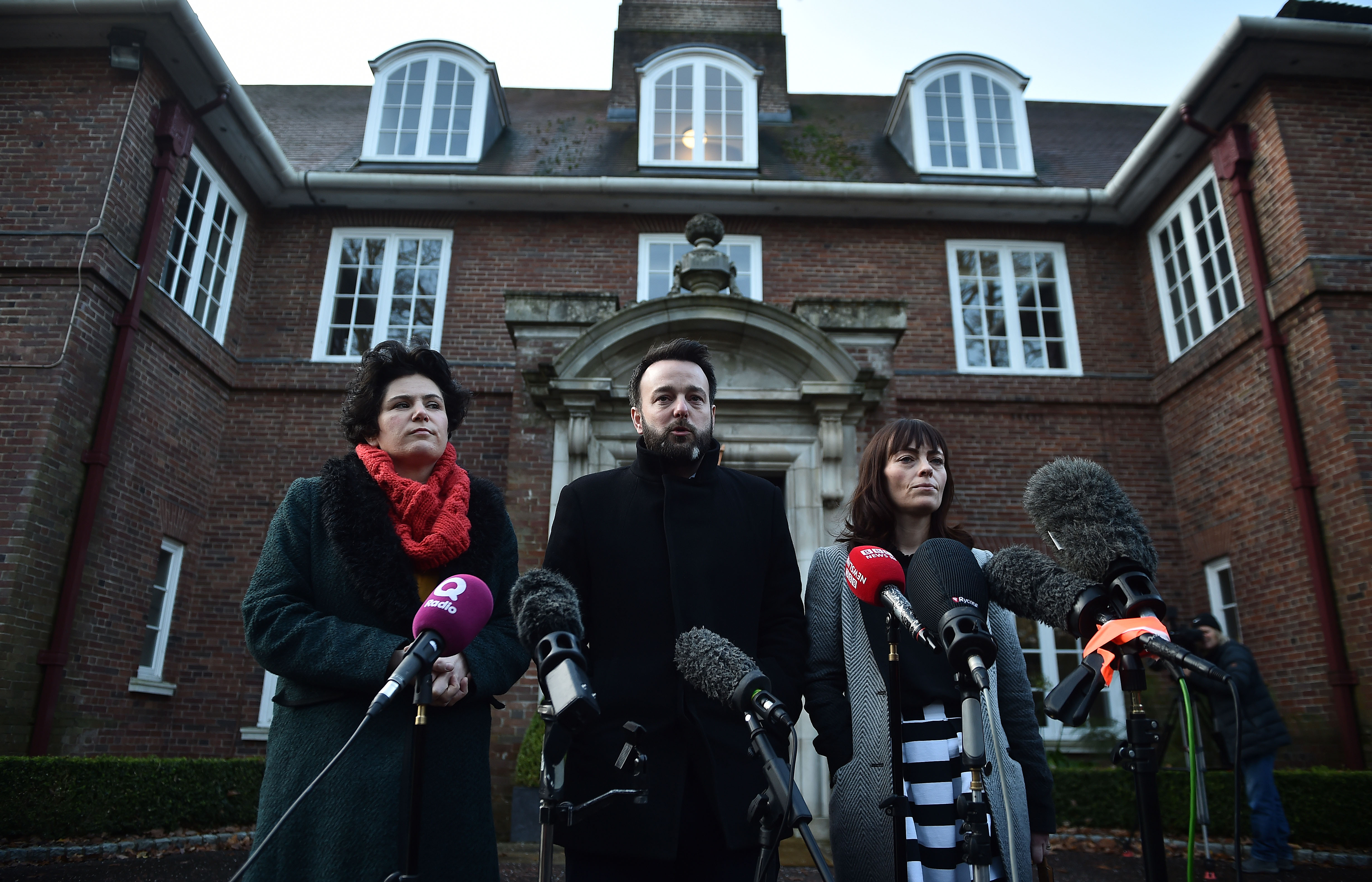The general election’s disastrous outcome for unionism and the rapid rise of the Alliance Party has masked the fact the result is profoundly concerning for Sinn Féin.
Where there has been focus on Sinn Féin’s problems over the past few days, it has centred on Foyle – understandable because what had been Sinn Féin’s lead of 169 votes turned into a landslide majority of more than 17,000 for SDLP leader Colum Eastwood.
In a safe nationalist seat where the SDLP put up a credible candidate and nationalist voters could express their preference without any fear of a unionist victory, voters deserted Sinn Féin’s Elisha McCallion en masse.
Ms McCallion was widely regarded – even among some republicans – as simply not up to the job.

Less than two months after Martin McGuinness’s death, and amid SDLP allegations in Parliament of vote fraud by Sinn Féin (which it denied), she had narrowly defeated the veteran Mark Durkan in 2017.
It was a measure of her inability to make an impact that in two and a half years one of the things that she was most known for was publicly complaining about the size of her London hotel room when she first flew to Westminster.
Her result was all the more humiliating because Sinn Féin had thrown everything at saving her seat – its Ard Fheis was held in Londonderry and she was repeatedly featured on the platform. Mary Lou McDonald, Michelle O’Neill and even Gerry Adams went to canvass for her. The party put enormous effort into promoting her on social media, only to see her vote collapse.
Receive more election analysis from Hugo Gye by signing up to the i on politics newsletter here
However, while the Foyle result will reverberate within republicanism for months, there is another surprising seat where on one metric Sinn Féin actually performed worse.
I was seated beside Mary Lou McDonald in RTÉ’s studio at the Belfast count centre as the West Belfast result was announced.
The Sinn Féin president professed herself pleased at a good result for the party and, in what is the most predictable seat in Northern Ireland, the rest of us were sufficiently distracted by the dramatic events elsewhere to fully grasp what the figures meant.
In fact, although Paul Maskey retained the seat at a canter, with a majority of more than 14,000, his share of the vote (53.8%) is now the lowest Sinn Féin has achieved in West Belfast in any election since 1996.
As well as his own vote falling because of voters not coming out, votes leached to the socialist People Before Profit and the new republican anti-abortion party Aontú as well as Alliance.

As recently as the 2010 general election, Sinn Féin was taking 71% of the votes in West Belfast. Lest Sinn Féin now try to claim that this was simply a personal vote for Gerry Adams, in the 2011 by-election after the then Sinn Féin president resigned his seat Mr Maskey was still taking more than 70% of the vote.
The one unalloyed success for Sinn Féin was North Belfast. But there John Finucane was not really standing as a typical Sinn Fein candidate, but on a single issue – Brexit – and was backed by the SDLP and Greens who stood aside in his favour.
Across Northern Ireland, Sinn Féin’s vote dropped by 6.6 percentage points, more than that of any other party.
On social media, Sinn Fein activists have been attempting to explain that away as a consequence of the party standing aside in three seats – South Belfast, East Belfast and North Down. That explanation doesn’t stand up under basic scrutiny.
Read More:
Firstly, with the exception of Alliance, all other major other parties were also not standing in every seat.
Secondly, even assuming that Sinn Fein’s vote in those seats remained at 2017 levels it would mean only an additional 8,568 votes. That would equate to an improvement of about one percentage point, leaving the party’s vote still down more than that of the DUP.
The reasons for republicans moving away from Sinn Fein are likely disparate. For the first time since Stormont’s collapse, there is now clear cross-community concern that the health crisis means that lives are at stake.

For others, Sinn Fein’s sudden move to embrace a liberalised abortion regime is anathema.
Other voters now believe that Sinn Féin’s Westminster abstentionism is archaic and untenable in the face of Brexit.
Still others simply want competent representatives and see politicians such as Colum Eastwood as far smarter, more articulate and less robotic than many Sinn Féin figures north of the border.
Whatever the reason, this is the third northern election this year in which voters have given Sinn Féin’s leadership a warning.
Nationalist commentator Chris Donnelly, a critical if sympathetic observer of his former party, noted on Slugger O’Toole that “were these results to be repeated at Assembly level, a quarter of the party’s seats would be swept away.”
John O’Dowd’s recent challenge to Michelle O’Neill revealed major internal discontent at her performance.
Two weeks ago Gerry Adams announced in a press release that Ms O’Neill – rather than Mr O’Dowd or Conor Murphy – would be Sinn Féin’s nominee for deputy First Minister.
If Stormont is now to return, do Sinn Fein voters trust her to take on the role and keep watch on the DUP?

